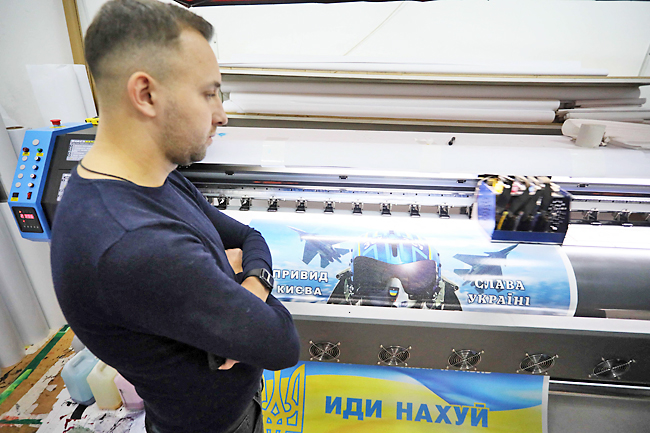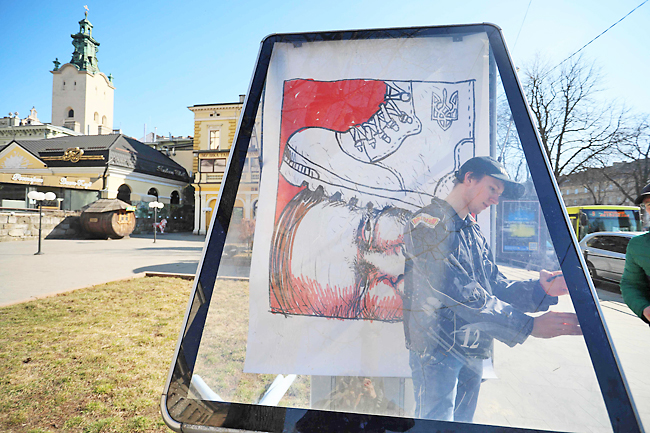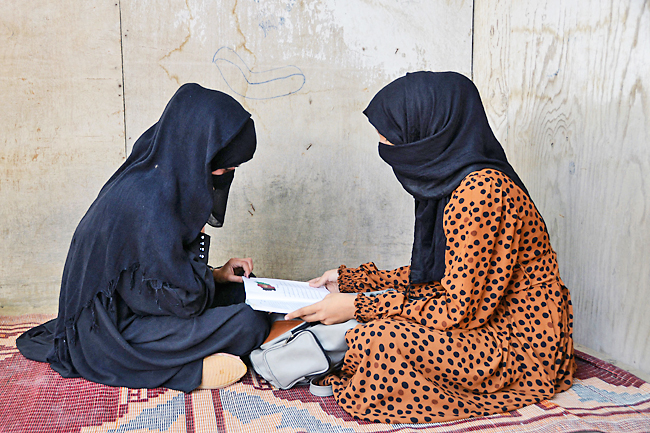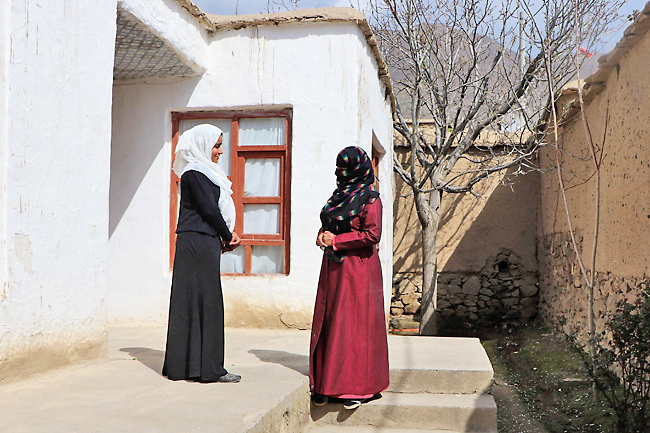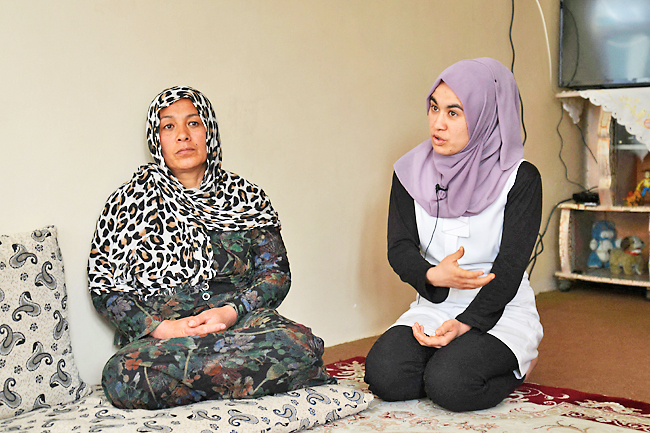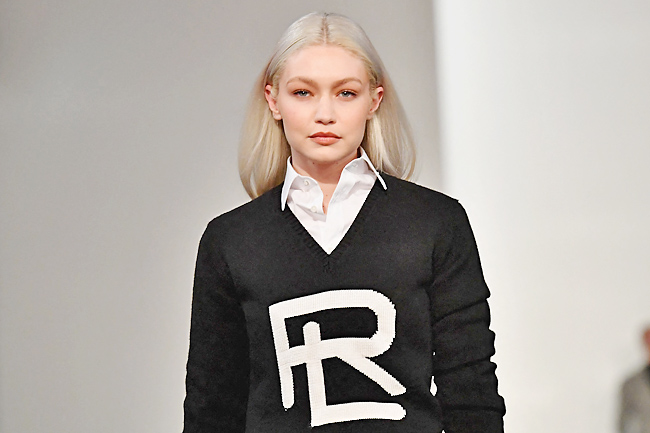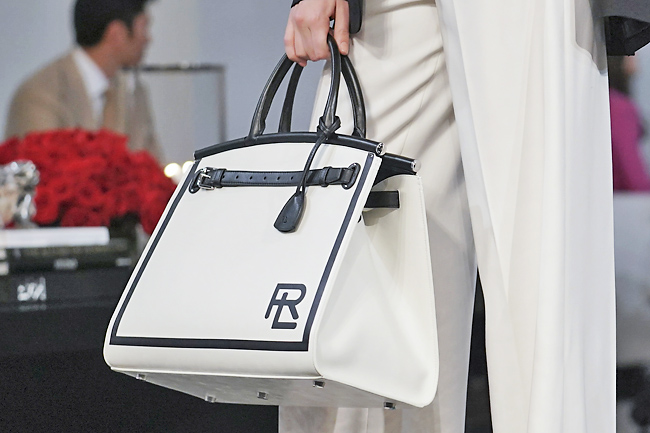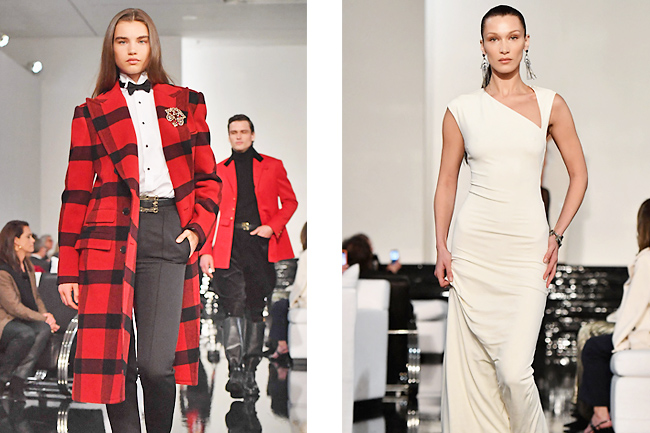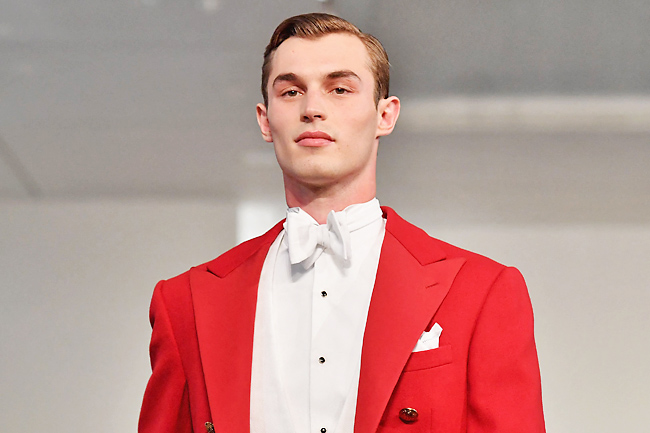Andrea Sachs
THE WASHINGTON POST – From The Raven, Edgar Allan Poe’s acclaimed poem, we know that birds can speak. If the Enchanted Garden at the Poe Museum in Richmond, which celebrates its centennial this year, had a voice, it might have a choice word to say as well.
“Evermore,” the bricks from the Southern Literary Messenger building, the writer’s former office, would utter. “Evermore,” the ivy clipped from his mother’s grave would whisper.
“Evermore,” the copy of the bust of Poe would intone, before asking after the original plaster statue of his head. (Rest easy, Mr Poe. After police recovered the stolen object from the bar at the Raven Inn in 1987, it has been living safely and soberly inside the museum’s reading room.)
To be sure, 100 years is not forever, but for a museum dedicated to a 19th-Century American author who wades in the dark recesses of the human psyche, it comes close. Since opening in April 1922, the institution in Richmond’s Shockoe Bottom neighbourhood has survived not only wars and financial crashes but also seismic changes in literary tastes and the act of reading itself.
“What’s kept the Poe Museum going for a century has been Poe. He’s never been out of fashion. He’s never been out of print,” said Chris Semtner, the museum’s curator who seamlessly inserts Poe quotes into conversation. “Poe’s works have continued to evolve with the times, so this museum has continued to evolve, because Poe is there for us.”

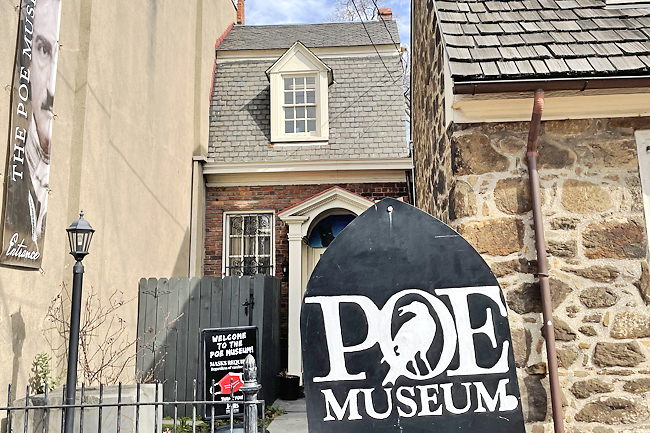
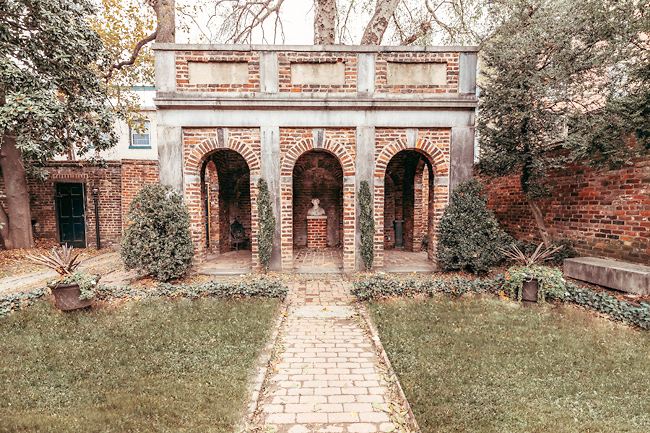
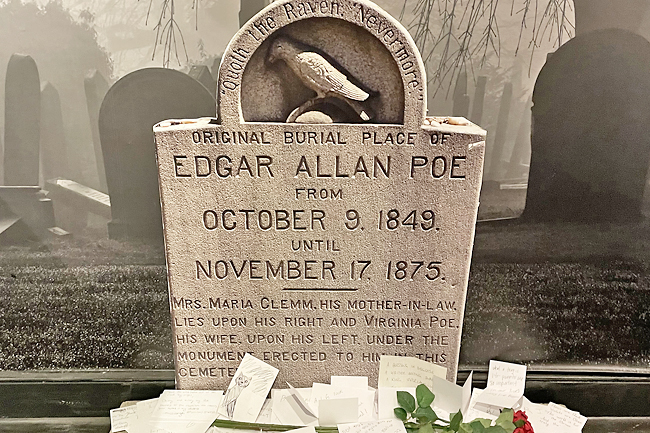
Before Poe was there for the museum, he was here in Richmond. His life intersected with the city at several plot points. After Poe’s father abandoned the family and his mother died, John Allan, a wealthy merchant, and his wife, Frances, raised the orphaned toddler.
Between 1835 and 1837, the aspiring writer worked as an editor and contributor at the Southern Literary Messenger, an influential periodical.
He married his 13-year-old cousin Virginia in Richmond. Following her death from tuberculosis in 1847, he planned to betroth his first love, Sarah Elmira Royster Shelton, in the same city.
However, in a case of life imitating macabre fiction, he mysteriously died 10 days before their wedding. Though he took his last breath in Baltimore nearly 175 years ago, his legacy still beats in the heart of Richmond.
“Richmond was mostly devoted to politics and the state Capitol. There wasn’t really a literary scene. Poe tried to change that and cultivate literature here,” Semtner said. “It’s still going today, and we’re still part of that tradition.”
The museum’s founders, a coterie of admirers, initially established an ode to Poe in the interior courtyard of the Old Stone House, the city’s oldest residential structure (circa 1740).
The shrine and memorial garden, which incorporate fragments from his life and works, were inspired by his poem To One in Paradise. “A green isle in the sea, love; a fountain and a shrine; all wreathed with fairy fruits and flowers,” Semtner recited on a recent Saturday afternoon as we stood in the manicured sanctum, still drowsy from the long winter. “This is a living, breathing Poe poem.”
In honour of the centennial, the museum will host an UnHappy Hour on April 28, featuring the local surf-rock horror band the Embalmers; a 1920s costume party (accessorise with a cloche hat and an afflicted soul); bites from Goatocado, Oak & Apple and Whisk; and a cash bar. The staff will also unveil a trove of Poe artefacts that Susan Jaffe Tane, a pre-eminent New York collector, donated for the occasion. Semtner said the nearly 70-piece gift will help the museum, which claims the world’s largest collection of Poe memorabilia (roughly 4,000 items), plug small gaps in the author’s professional and personal history, including his Richmond periods.
“That small band of writers and artists who started this back in 1922, they would be shocked to see how much the museum has grown over the years,” Semtner said. “They couldn’t have imagined that we were going to have Elmira’s engagement ring or that we were going to occupy four buildings in the garden or that we were going to have a global presence online, because they wouldn’t know what ‘online’ was.”
When I arrived, the museum was jammed with people, many of whom were lingering around the ticket counter petting Pluto (red collar), the resident black cat who was performing greeter duties that morning. “I feel like Edgar is Edgar Allan Poe reincarnated,” Maeve Jones, the executive director, said of the second, more enigmatic feline (gray collar).
After I gave Pluto a requisite scratch behind the ear, I followed Semtner and Jones through the Enchanted Garden and into the first of three themed buildings: childhood, in the Old Stone House; career, in the Elizabeth Arnold Poe Memorial Building; and death, in the North Building.
In a cluttered room near the display of Poe’s boyhood effects, Semtner slipped on a pair of gloves and, with light fingers, picked up one of the donated items.
“There is a slumped weariness in his expression,” Semtner said of the last photograph taken of Poe, a sixth-plate tintype based on a daguerreotype. “Maybe he knew that death was coming.”
Semtner next showed me an elegant pocket watch that Poe had owned when he wrote the The Tell-Tale Heart. Though clocks appear in the chilling story, the timepiece did not occupy Poe’s inspiration board for long. The author, a profligate spender and dapper dresser, relinquished the valuable to his tailor as payment. “This is Poe not managing money well,” Semtner said. “He bought his wife a harp and a piano and himself clothes. Those were his priorities: looking good.”
One artefact – a shard of his coffin – was seemingly plucked from Poe’s grisly imagination. In 1875, his body was relocated to another plot at the Westminster Burying Ground in Baltimore. The coffin shattered in the move, and his body tumbled out. The remnant will join a lock of hair, his engraved walking stick and a pair of his socks already on display in the death room.
“Coming here is the closest you get to seeing Poe in the flesh, the closest you get to seeing him face-to-face. This is the stuff that he owned, the things he wore, even a part of him,” Semtner said. “It’s almost like a time machine. You get to bring Poe back to today or go back to his time.”



